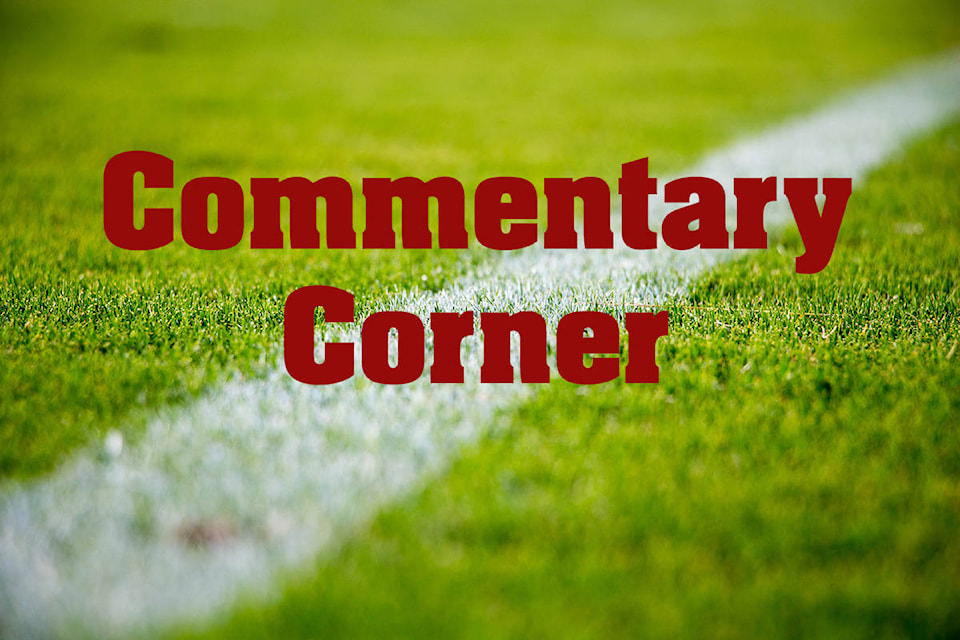Canada’s national men’s rugby team will be heading to Japan for the World Rugby Cup this month, which will take place from Sept. 20 to Nov. 2.
They finalized their 31-man squad on Sept. 3, and it’s pretty much what anyone would have expected with a mix of professional players and amateurs. Most of the players have been mainstays in the Canadian team, with only four players appearing in under 10 games.
Fans should not expect Canada to get past the group stage. With the likes of New Zealand and South Africa in the group, it’s pretty easy to see how the whole thing will pan out. Furthermore, Canada’s lacklustre performances in 2019 are not inspiring, winning only two games in 10 efforts. Only one of them was a competitive match, a 56-0 win over Chile in the Americas Rugby Championship. The other one was against the BC All-Stars as a warm-up match for the Rugby World Cup. They did almost beat (38-35) professional Irish side Leinster in another warm-up match, but Leinster was playing a weakened team with second and third-string players, as well as academy players.
In the 2015 World Cup, Canada came close to beating Italy (23-18) and Romania (17-15) but failed to win a single game. The outlook remains the same, but the team has a chance for redemption for the Italy game again this year. They also have a game against Namibia which should be very close if not winnable.
If Canada do end up pulling off an upset against Italy and beat Namibia, they will still be eliminated from play but automatically qualify for the 2023 World Cup. This would be the ideal result but if we’re being honest, it will most likely end up in Italy’s favour.
Some key players for Canada will be Evan Olmstead, captain Tyler Ardron Ciaran Hearn, Conor Trainer, Jeff Hassler, Taylor Paris and DTH van der Merwe.
Most of these players, five of them being able to play on the wing, centre or/and fullback, are not in specialist positions. Canada is the weakest at the hooker, scrumhalf and flyhalf positions with either. The three hookers (Eric Howard, Benoît Piffero and Andrew Quattrin) all have less than 23 caps, with Quattrin at just two. It’s difficult to see who will be the top choice going into the tournament. Piffero usually came off the bench during the duration of the 32-year-old Montrealer’s career in red and white. Based on past future selections, Howard will probably be the first choice.
There is a mound of experience at scrumhalf, but the problem is all three players are over 30 (Phil Mack, Gordon McRorie and Jamie Mackenzie). The latter will mostly be used as injury cover, with Mack and McRorie getting rotated starts. Both are the polar opposites of each other. Mack likes to drive offensively, sometimes can get a little frantic but otherwise is solid for a team of Canada’s calibre. McRorie on the other hand, likes to play it cool and is typically laid back, but tends to slow play down in a way that sometimes hurts Canada.
As for flyhalf, well Canada hasn’t had a solid natural flyhalf since Gareth Rees in the late 80s and 90s. Pat Parfrey is in his first World Cup despite being in the Canadian setup since 2013. Shane O’Leary, 25, has only been capped 12 times but looks to be the future starting flyhalf for Canada for the time being.
